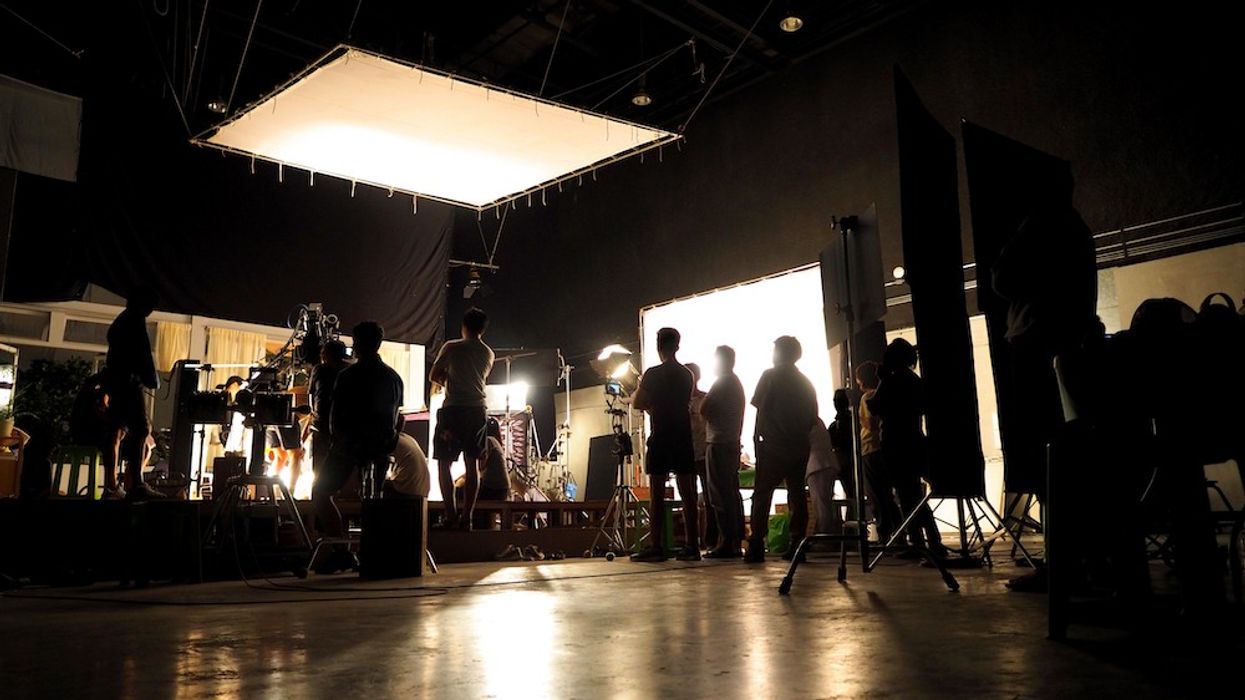Understanding Electricity Basics for Film Sets
Step up your gaffing game with these necessary tips for lighting and safety.

I was gaffing a short film recently in an AirBNB that was a house that had been remodeled into several units.
Although it was a big house, we were limited to a very small portion of it, and the rest of the place was locked and off-limits to us.
As a gaffer, I always like to take a look at the electrical panel in a location where I’m using house power. In this case, the panel was located in the basement, which we did not have access to. I knew that if a breaker were to trip, we would have to call the host, and it would potentially be a big hassle to get the breaker flipped back on. It was a lot of pressure to make sure the day ran smoothly.
In this video, I talk about Ohm's law and what you need to know to count your amps so you don't trip a circuit breaker on your film set. Let's dive in.
Being prepared
Counting amperage is one of the most basic tools you need as an electrician on a film set. Not only does your shoot rely on it, but it’s a potential safety hazard.
If your set instantly goes dark, it can be jarring and hazardous to anyone on set, leaving others in a dangerous position. Plus, it’s not a good look for you on set.
Calculating your amperage requires a little bit of math, and there are some specialty tools that can be helpful. There’s also a shortcut to simplify your math so you don’t need to pull out a calculator on set. In this video, I explain in detail the basics of Ohm’s law, calculating amperage, and what you need to look for in an electrical panel.
Do you have any additional tips filmmakers should know? Let the community know in the comments below.
You can check out more tips by following my YouTube channel here.











